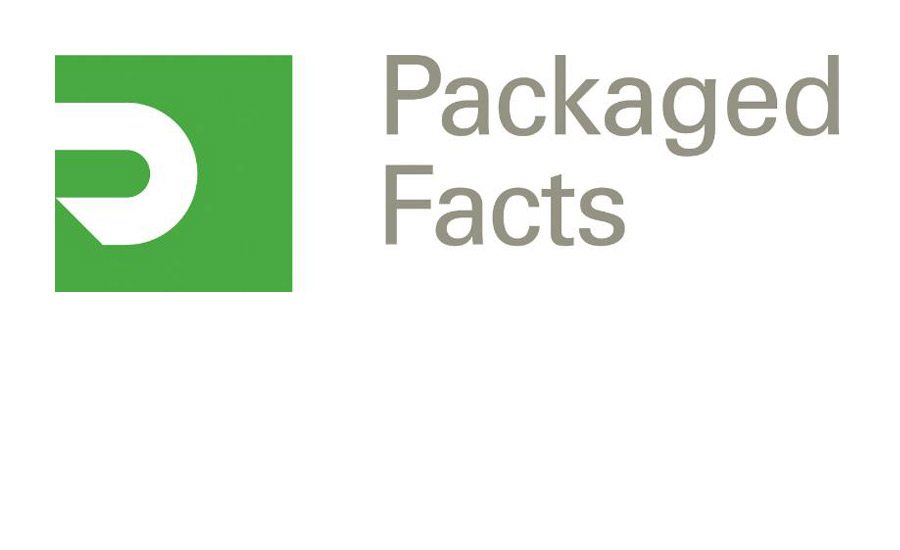For a company that specializes in getting people to cook in the privacy of their own homes, meal delivery service Blue Apron has made a name for itself in a very public way. Now the food industry wunderkind is about to quite literally go public, having recently filed an IPO. The filing is among the first in this trendy food segment. Yet, it’s also a step that could signal the next stage of maturation for the increasingly competitive and crowded meal kit delivery market, according to research firm Packaged Facts, which published the report Meal Kit Delivery Services in the US
“Meal kit delivery services have exploded over the past few years, bridging the space between home-cooked meals and takeout. And arguably no company operating in the segment has been as synonymously linked to ‘meal kits’ as Blue Apron,” says David Sprinkle, research director for Packaged Facts. “As a leader and innovator in this still very new food sector, Blue Apron’s IPO filing hints at the viability of meal kick deliveries as they mature from startups to fully realized and potentially profitable business investments.”
For most meal kit companies, the emphasis for the moment is still on the market’s potential profitability. “The question remains, are meal kit companies profitable?” notes Sprinkle.
Although executives at Blue Apron claim to be making money on every meal, Packaged Facts believes that when sales are counterbalanced by the amount of funding raised by investors, no meal kit delivery service is yet profitable. Moreover, the costs of expansion—including establishing new facilities, hiring more workers, and enticing new customers with deep discounts—could mean it will take a bit of time for most meal kit services to begin making money.
Nevertheless, the meal kit market is growing. According to Packaged Facts, the US meal kit delivery market had sales of $1.5 billion in 2016 and will mature into a multi-billion industry over the next five years. American market leader Blue Apron will undoubtedly play a significant role in the industry’s continued gains.
Based on Blue Apron’s filing, the company is currently seeking $100 million in capital for its IPO. In 2014, Blue Apron’s revenue was $78 million, which jumped to $341 million in 2015. But despite doubling its revenue to almost $800 million in 2016, the company still lost $55 million in net income last year due to increasing marketing expenses.
Packaged Facts noted that Blue Apron’s marketing is a strength that is “ahead of the crowd” compared to other meal kit companies. Beyond merely offering discounts and other profit cannibalizing gambits to attract new customers, Blue Apron has for awhile been shrewdly targeting the increasingly influential Hispanics with Spanish-language TV commercials placed on Hispanic TV stations.
Such foresight is not accidental, but as the IPO filing reveals, it does come at an expensive price. Last year, Blue Apron spent $144 million—18% of its net revenue—on marketing, and that expenditure continues to grow based on early 2017 numbers. Other challenges for the company have been retaining customers and dealing with a customer base that is spending less per order, the latter of which is partly due to promotional discounts offered by the company. It remains to be seen what Blue Apron can and will do to reverse this trend, but the company claims it will focus more resources to advertising via offline channels to boost brand awareness, while also focusing on customer retention through options such as increased order flexibility.
